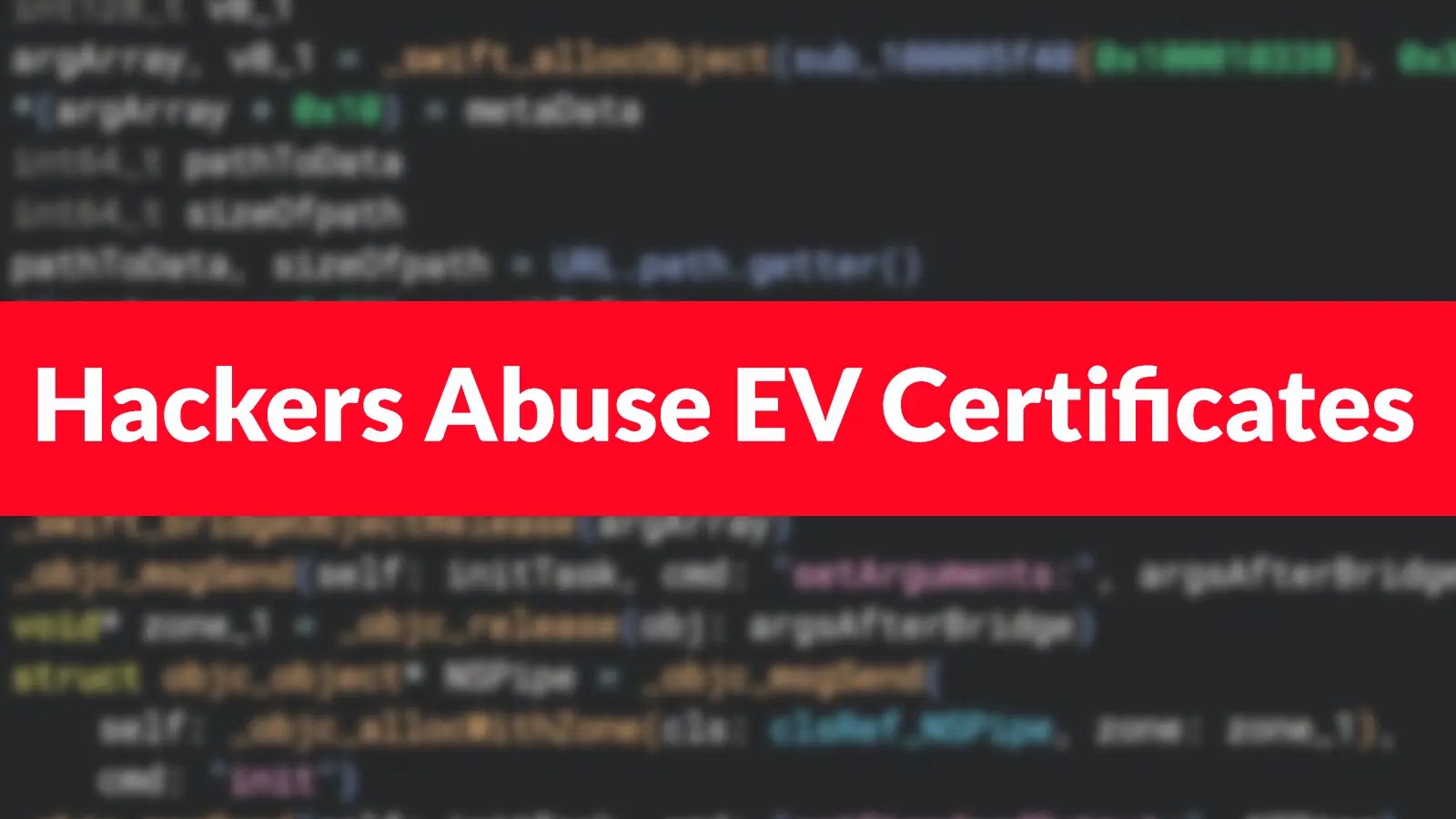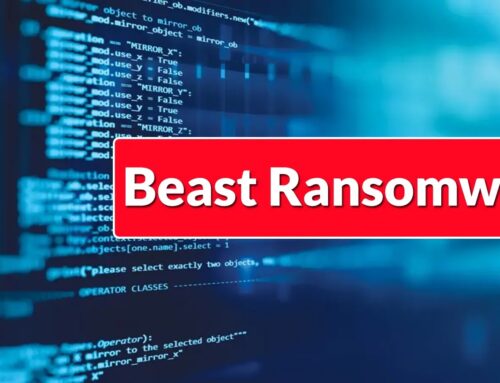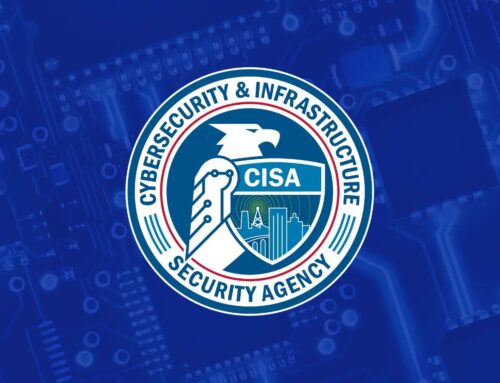
Hackers Abuse EV Certificates to Sign Completely Undetectable DMG Malware
The Deceptive Lure of Trust: EV Certificates Abused in macOS Malware Attacks
In the escalating cat-and-mouse game between cybersecurity professionals and malicious actors, a disconcerting trend has emerged. Recent intelligence indicates a sophisticated new attack vector targeting macOS users, where threat actors are leveraging the very tools designed to instill trust: Extended Validation (EV) certificates. This alarming development allows seemingly legitimate disk images (DMGs) to bypass established security protocols, including common antivirus solutions and even Apple’s built-in defenses, rendering them virtually undetectable. This post delves into the mechanics of this highly effective evasion technique and explores its implications for macOS security.
Understanding Extended Validation (EV) Certificates and Their Misuse
Extended Validation (EV) certificates represent the highest class of SSL/TLS certificates. They are traditionally used by legitimate organizations to rigorously verify their identity before displaying enhanced trust indicators, such as a green address bar in web browsers. This stringent vetting process is what makes the current abuse so potent. When a piece of macOS malware is signed with an EV certificate, it appears to operating systems and security software as a legitimate, verified application. This facade of authenticity is the core of the attack’s success.
Historically, digital certificates, ranging from standard code-signing certificates to EV certificates, have been a cornerstone of trust in the digital ecosystem. Their primary purpose is to assure users that software originates from a known, trusted publisher and has not been tampered with since its publication. The exploitation of EV certificates by malicious actors fundamentally undermines this trust mechanism, creating a significant challenge for detection and prevention.
The Undetectable Threat: How Signed DMGs Evade Security
The recent campaign highlighted by cybersecurity analysts involves signing malicious macOS disk images (DMGs) with these compromised or fraudulently obtained EV certificates. Here’s a breakdown of why this technique is so effective:
- Gatekeeper Evasion: macOS’s built-in security feature, Gatekeeper, is designed to ensure that only trusted software runs on a Mac. It typically checks if applications are signed by an identified developer and notarized by Apple. A legitimate EV certificate can potentially bypass these checks, as Gatekeeper might interpret the signed DMG as originating from a trusted source.
- Antivirus Blind Spots: Traditional antivirus engines often rely on signature-based detection or behavioral analysis. When a file is signed with a valid EV certificate, it appears innocuous, making it difficult for AV solutions to flag it as malicious, especially if the malware payload itself is new or polymorphic.
- VirusTotal Clean Scans: Samples of this EV-signed malware have reportedly returned clean on VirusTotal scans. This is a critical indicator of the technique’s effectiveness, as VirusTotal aggregates detection results from numerous antivirus engines. A clean scan on VirusTotal can lead security professionals to incorrectly assume a file is benign.
This tactic creates a significant blind spot, allowing malware to establish a foothold on systems without triggering conventional alarms. Once executed, these malwares can perform a range of malicious activities, from data exfiltration to installing backdoors and ransomware.
Remediation Actions and Enhanced Security Posture
Responding to this sophisticated threat requires a multi-layered approach. Organizations and individual macOS users must enhance their security posture beyond relying solely on signature-based detection.
- Implement Advanced Endpoint Detection and Response (EDR) Solutions: EDR platforms offer capabilities beyond traditional antivirus, focusing on behavioral analysis, threat hunting, and anomaly detection. They can identify suspicious processes and activities even if the initial execution was allowed by a trusted certificate.
- Strengthen User Education: Phishing and social engineering remain primary vectors for initial compromise. Educate users about the risks of downloading software from untrusted sources, even if it appears to be signed. Emphasize verification of download origins beyond just certificate presence.
- Network Traffic Monitoring: Monitor outbound network traffic for suspicious connections to known command-and-control (C2) servers or unusual data exfiltration attempts. This can detect malware post-execution, even if initial detection failed.
- Regular Software Updates: Ensure that macOS and all applications are kept up-to-date. Apple consistently releases security patches that address vulnerabilities and enhance system defenses.
- Principle of Least Privilege: Restrict user permissions to only what is necessary for their roles. This limits the potential damage an infected account can inflict.
- Application Whitelisting: Consider implementing application whitelisting, which only allows approved applications to run, regardless of their signing status. This provides a strong defense against unauthorized software execution.
Relevant Security Tools
While definitive tools specifically for detecting EV certificate abuse in real-time are evolving, several categories of tools can aid in detection and response:
| Tool Name | Purpose | Link |
|---|---|---|
| Osquery | Endpoint observability, detection of suspicious processes and file modifications. | https://osquery.io/ |
| Wireshark | Network protocol analyzer for detecting suspicious outbound traffic. | https://www.wireshark.org/ |
| YARA | Pattern matching for malware identification (can be used to create rules for specific malware behaviors). | https://virustotal.github.io/yara/ |
| Carbon Black Cloud (or similar EDR) | Advanced endpoint protection, behavioral analysis, and threat hunting. | https://www.vmware.com/security/carbon-black.html |
The Evolving Landscape of macOS Threats
The abuse of EV certificates represents a significant escalation in the sophistication of macOS malware campaigns. It underscores the critical need for organizations and individuals to move beyond traditional security paradigms and embrace more robust, multi-layered defenses. The trust placed in digital certificates is being deliberately exploited, forcing a reevaluation of how we verify software authenticity and secure our digital environments. Staying vigilant, adopting advanced security solutions, and fostering a strong security culture are paramount in combating these increasingly stealthy threats.





